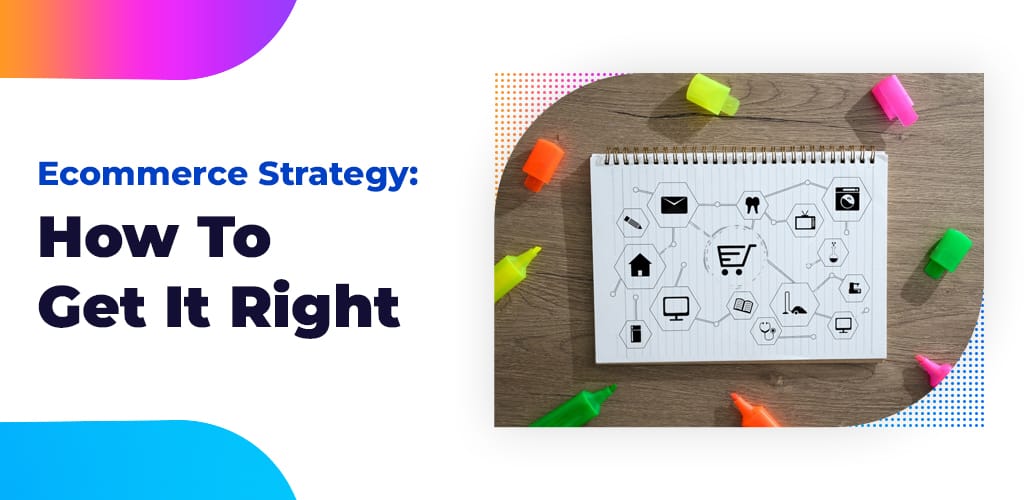Ecommerce Strategy: How to Get It Right
Establishing an online store is a difficult endeavour. There seem to be a plethora of things to think about at the beginning, from optimising your supply chain to building up your website. And in all honesty, there are.
This never-stopping tempo should not last forever. Navigating the ever-changing world of e-commerce in the future should be much easier with the right methods in place during launch. As a matter of fact, your firm will function more smoothly tomorrow the more you strengthen your tactics now.
Your ecommerce strategy plays a major role in determining whether you succeed or fail in the sector. Learn more about ecommerce strategies, what they can do, and how to create your own to position your company for success at launch.
Ecommerce Strategies: What Are They?
Ecommerce strategies are carefully considered programmes that help businesses sell their products or services online. These tactics cover several business areas, including operations, marketing, technology, and customer service.
Ensuring that all facets of your business are working towards the same goals through a well-planned strategy helps increase the coherence and success of your e-commerce effort.
Three Major Ecommerce Strategies
To build a robust ecommerce strategy, it’s essential to understand the key components. Here are three major ecommerce strategies and their structures in greater detail:
Marketing Strategy: Using search engine optimisation (SEO) and content marketing, you can drive natural traffic to your website.
Social Media Marketing: Use social media channels to interact with your audience in order to increase sales and brand recognition.
Email marketing: Use focused email campaigns to nurture prospects and keep consumers.
Operational Strategy:
Inventory Control: To prevent overstocking or stockouts, keep an eye on your stock levels and manage your inventory effectively.
Order Fulfilment: Simplify the order fulfilment procedure to guarantee prompt delivery and a satisfying clientele.
Supply Chain Optimisation: To cut expenses and boost productivity, optimise your supply chain by collaborating with reputable vendors.

Customer Service Strategy:
Excellent customer service should be provided over a variety of channels, including phone, email, and live chat.
Personalisation: Make your customers feel appreciated and understood by using data to customise their buying experience.
Reviews and Comments: Invite clients to submit reviews and comments, then utilise the data they provide to enhance your goods and services.
Creating a Winning Ecommerce Strategy
Select Your Personal Values: To inform business operations and decision-making, match your plan with your fundamental beliefs.
Become acquainted with the target market: Perform in-depth market research and use focus groups or surveys to interact with your target audience.
Create Long-Term Goals and Visions: Using data such as revenue growth rate and client acquisition expenses, outline your company’s future goals and the procedures required to accomplish them.
Create a Timeline for Prioritisation: To maximise your efforts, prioritise your goals and deal with the most pressing problems first.

Modifying and Changing Your Approach
Recall that the most effective e-commerce plan changes as your company does. Review and update your mission statements, objectives, and strategies on a regular basis to make sure they still reflect the dynamics of the market and your current brand vision. The ability to adjust and be adaptable are essential for long-term success.
Realise that while you continue to hone your planning and development phases, the most successful organisations of today embrace versatility and originality to stay one step ahead of the competitive landscape in the highly competitive world of e-commerce.
To sum up, long-term success depends on developing an effective e-commerce strategy from the outset. You may confidently traverse the ever-evolving world of ecommerce by comprehending what ecommerce strategies are, putting important components into practice, and continuously refining your plans.







DropShip products from verified suppliers to diversify your inventory and scale your eCommerce business